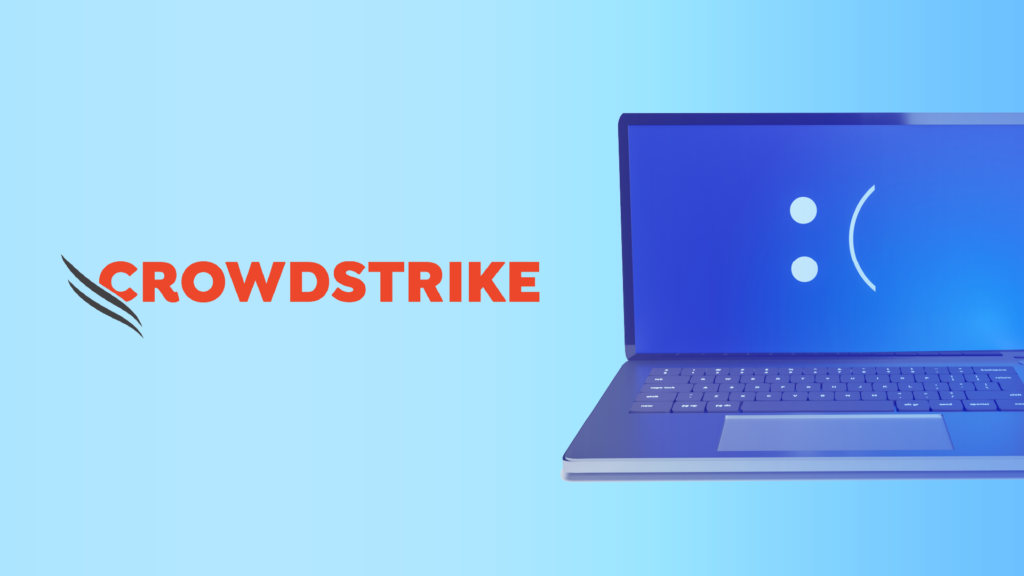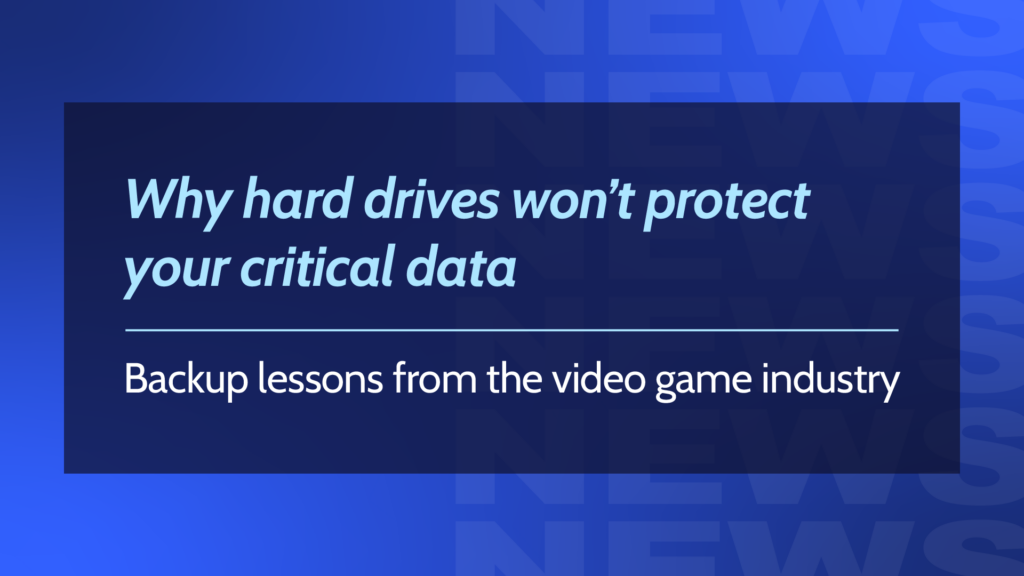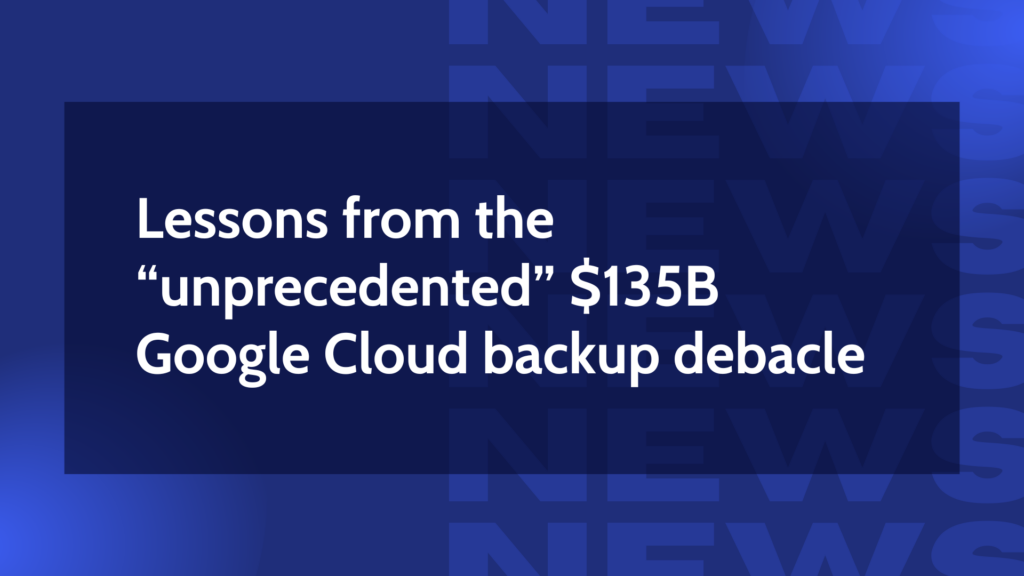When a data disaster strikes, the fallout can be massive, with consequences like downtime, financial losses, and reputational damage. But every failure offers a lesson.
In this article, we’re breaking down seven real-world incidents where the lesson was learned the hard way. We’ll explore the cause of the data loss, the effect, how teams responded, and what you need to know to prevent your organization from suffering the same fate.
Whether you’re an IT leader or simply curious about data security, these stories offer practical takeaways to help you strengthen resilience against threats and mitigate risks so you’re prepared for when—not if—the next data disaster strikes.

Data disaster #1: CrowdStrike-Microsoft global IT outage (2024)
What happened
Widely recognized as one of the largest global IT outages in history, the CrowdStrike-Microsoft incident was also one of the most devastating—with a price tag of roughly $5.4 billion in damages, according to insurance analysts, with an estimated 8.5 million Windows devices affected worldwide. The CEO of CrowdStrike said the outage was caused by a “defect” in a Windows update.
What’s the lesson
There’s no such thing as “too big to fail” in tech.
Maybe someone could have predicted this massive, far-reaching event but apparently, that someone didn’t work at either Microsoft or CloudStrike. Organizations need to be prepared and no business should be without a backup plan. There are three key lessons here:
- A Business Impact Assessment can help predict the effects of a disruption to your business; it also gathers the info needed to develop recovery plans. Run Incident Response and Business Continuity Simulations to help you find gaps, build business resilience, and train your team for real events.
- Work with your key third-party suppliers to better understand their disaster recovery strategies and how they impact your business.
- Be vigilant for phishing emails from bad actors, especially in the wake of a massive news-worthy event. Bad actors are quick to respond to events like this with fake fixes. Only consult trustworthy sources for updates or advice.
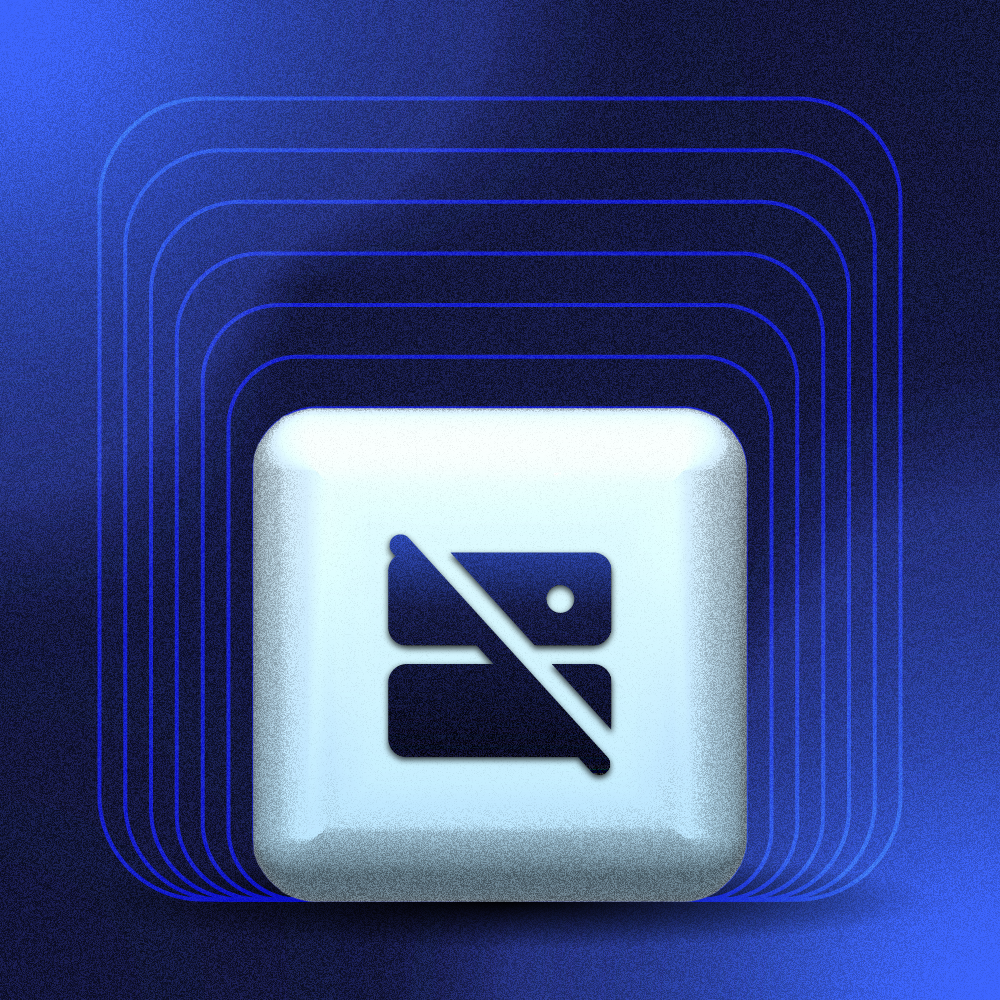
Data disaster #2: Quantum Lock (2024)
What happened
Indie game developer Fat Bomb Studios lost the source code for its popular game Quantum Lock—because the original code was stored on a portable hard drive. Without a backup in place, when the hard drive was lost, the code was lost along with it. As a result, the team had to remove Quantum Lock from Steam.
What’s the lesson
Don’t wait until it’s too late.
If Fat Bomb Studios had followed the 3-2-1 backup rule (here’s a refresher: three copies of your data, stored in two different locations in the cloud, one of which is not your SaaS provider), they could have saved their source code and continued to support—and earn money from—the game.
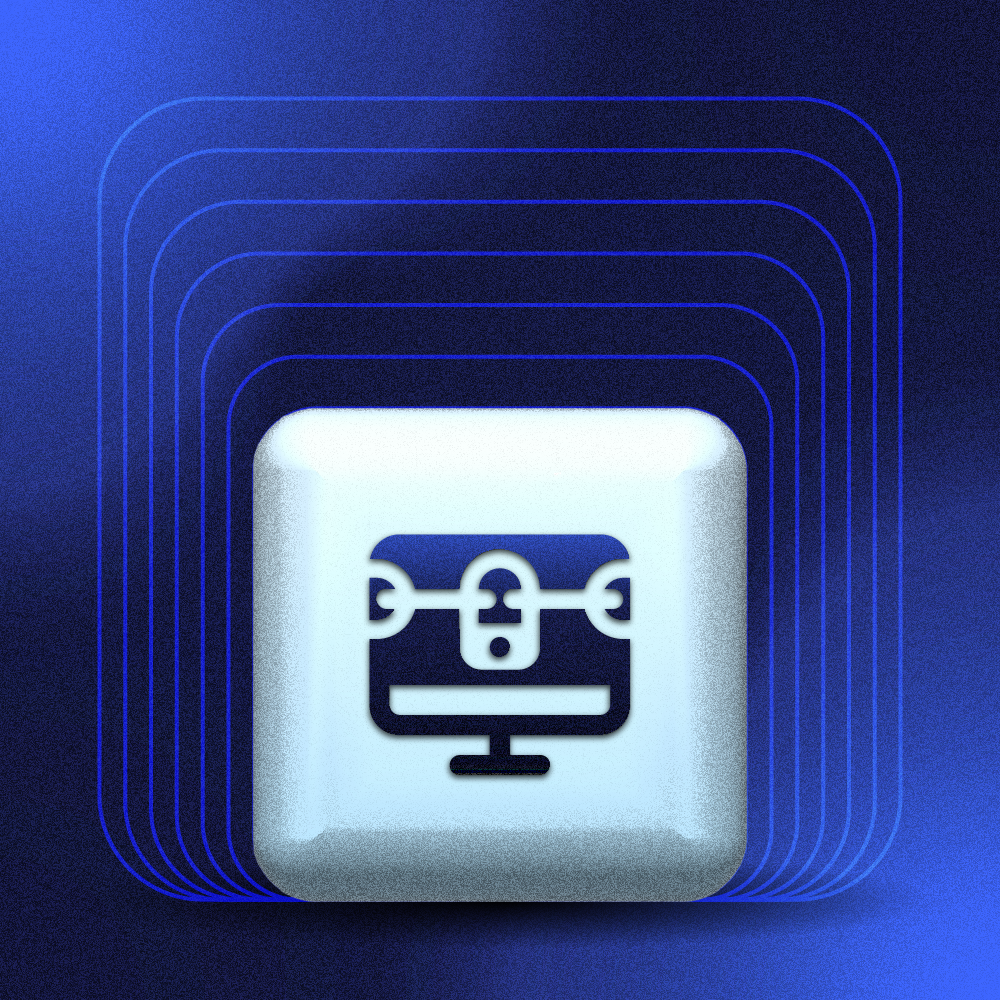
Data disaster #3: Change Healthcare (2024)
What happened
A ransomware attack on Change Healthcare compromised over 100 million people’s sensitive personal information in one of the largest healthcare breaches in history. It was bad news for Change Healthcare (not to mention the 100 million people whose personal information may have been compromised). The bright side: this attack forced many healthcare providers to give their own security and data recovery strategies some much needed attention.
What’s the lesson
Data resilience isn’t just about prevention, it’s about recovery. A comprehensive backup strategy ensures you have clean, restorable data to fall back on.
Data hostage situations can cripple businesses and halt operations—resulting in financial losses and reputational damage. Having a backup and a clear data disaster recovery plan can rob ransomware of its power.
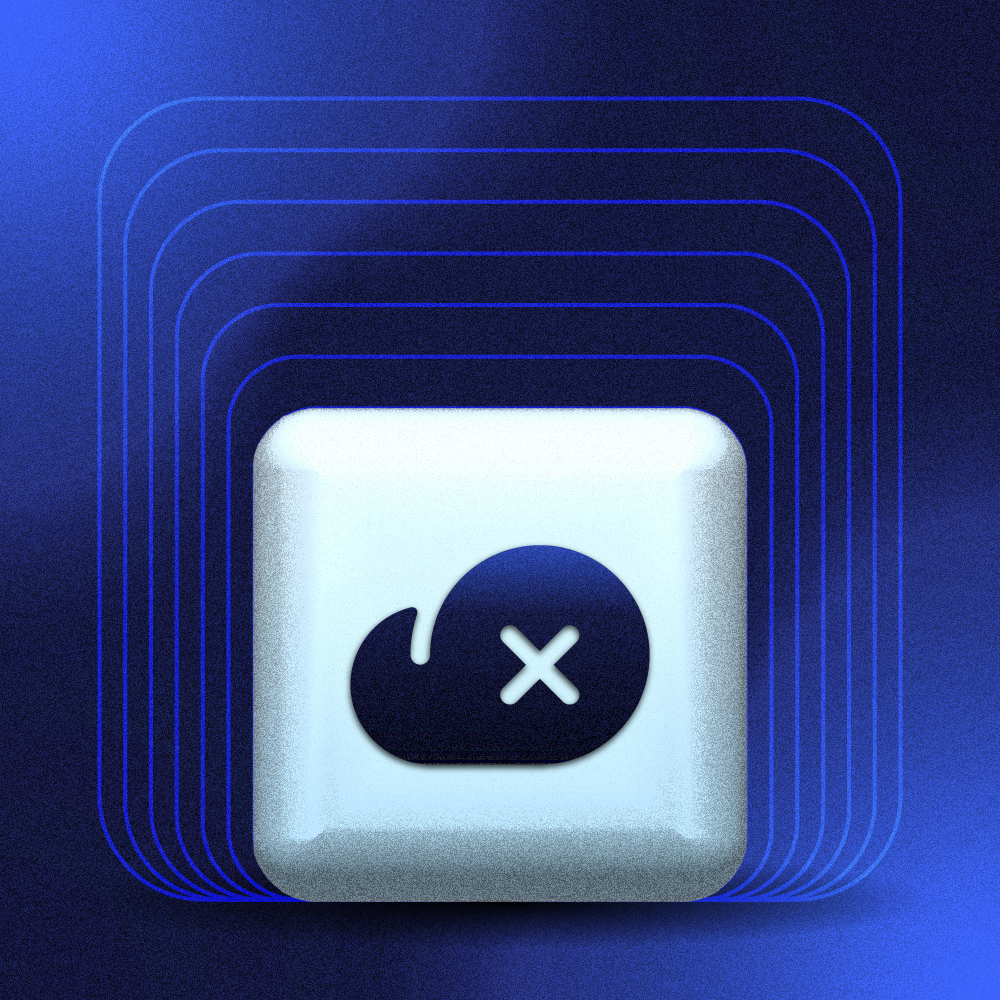
Data disaster #4: UniSuper’s Google Cloud debacle (2024)
What happened
UniSuper, a $135 billion Australian pension fund, faced a Google Cloud account deletion nightmare that affected 640,000 members. This is one data disaster story that has a happy ending though: UniSuper had a backup of its data and while it took two weeks, services were restored.
What’s the lesson
Account-level data in SaaS is a shared responsibility. That’s why you need a third-party backup and recovery partner to not only protect your critical information, but to help your organization stay compliant, gain peace of mind, and build data resilience.
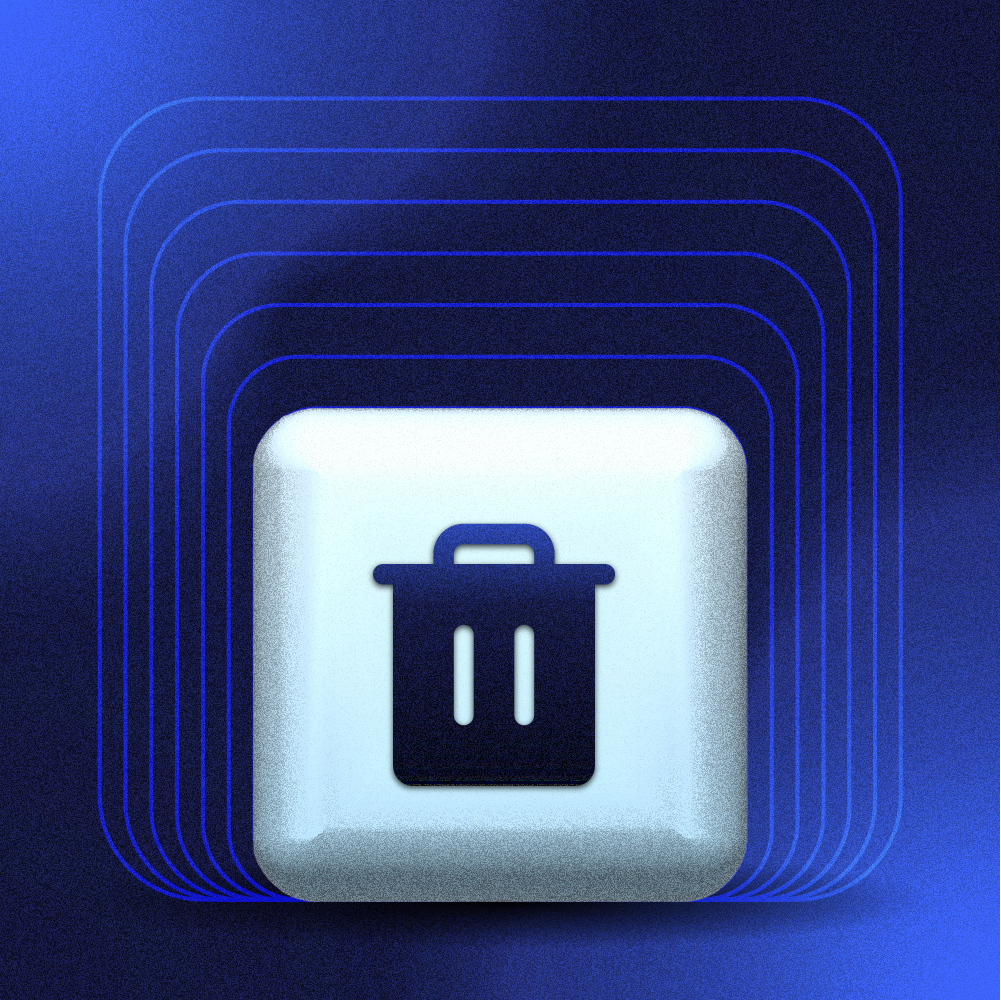
Data disaster #5: Toy Story 2 (1998)
What happened
In 1998, nearly all the digital files for Toy Story 2 were accidentally deleted from Pixar’s internal servers. While clearing files, an animator unknowingly entered a command that erased 90% of the movie’s assets. That’s bad. The backup process hadn’t worked for a month. That’s worse. Toy Story 2 would have been lost but thankfully, Technical Director Galyn Susman had a backup on her home computer and the film was saved.
What’s the lesson
Accidents happen; accidental deletion remains one of the most common causes of data loss. Even a well-intentioned team makes mistakes, but a major crisis can be averted with automated backups. The Toy Story 2 event is the exception that proves the rule; Pixar wasn’t following the 3-2-1 backup rule. The fact that Susman had a copy was serendipity. But it was that very off-site “backup” that saved the film. Woody and Buzz Lightyear graced the screen again—and audiences got to enjoy the much-anticipated film.
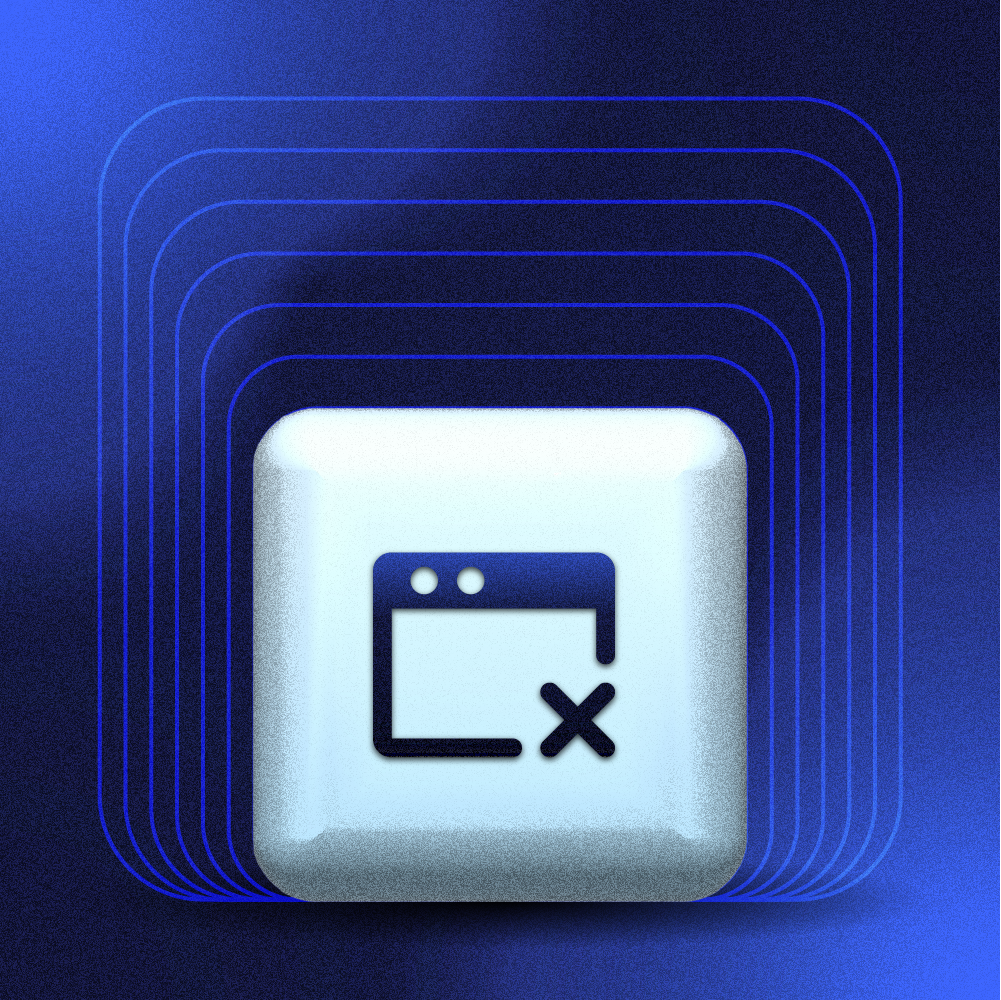
Data disaster #6: Two-week Atlassian outage (2022)
What happened
In April 2022, Atlassian experienced a major service outage that impacted around 775 customers using services like Jira, Confluence, Opsgenie, Statuspage, and Atlassian Access. It was another case of human error; an engineer ran a command intended to clean up some customer data from a particular plugin but instead, accidentally deleted all customer data for anyone using this plugin. The outage lasted for up to two weeks for some customers, making it one of Atlassian’s most significant and prolonged disruptions.
While no customer data was permanently lost, recovery took up to two weeks due to the complexity and manual nature of restoring environments.
What’s the lesson
A backup is only as good as your ability to restore data from it.
This example highlights the fact that backups must be paired with tested, streamlined restoration processes that can scale under pressure. The true value of a backup solution lies in how efficiently and reliably data can be restored when it matters most.
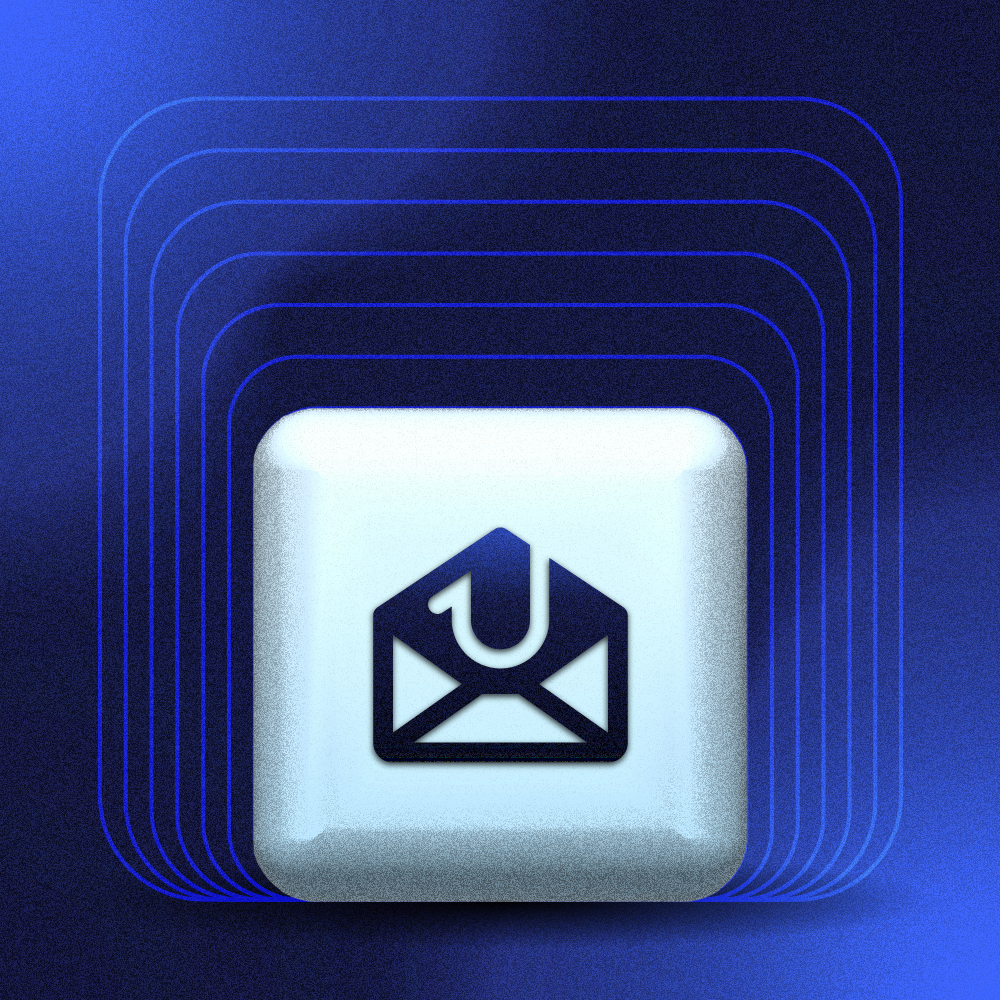
Data disaster #7: Disney, via Matthew Van Andel (2024)
What happened
Disney engineer Matthew Van Andel unknowingly installed malware while downloading a free AI tool. The malware, operated by an anti-AI hacker, gave attackers access to his system, including his 1Password vault. These hackers stole session cookies and were able to breach Disney’s internal Slack. Over five months, the hackers exfiltrated more than 1TB of data and 44 million messages, some with sensitive employee and customer data. When Van Andel discovered the intrusion and took steps to correct it, he was doxxed by the group and ultimately fired by Disney.
What’s the lesson
With great (AI) power comes great (security) responsibility.
As organizations come to grips with artificial intelligence (AI) and go about finding ways to implement this new technology into their work, so too do the bad actors. Data governance and security challenges abound, but a backup solution with version history and quick recovery capabilities minimizes the impact of data loss.
Get ahead of future data disasters
These weren’t the first or only data disasters to ever happen—and they certainly won’t be the last.
Be the first to know about future incidents by signing up for Retro, your monthly recap of the industry’s top data and security news, stories, and conversations, all sent directly to your inbox. It’s a must-read for anyone interested in data loss prevention, compliance, cloud backups, and more.
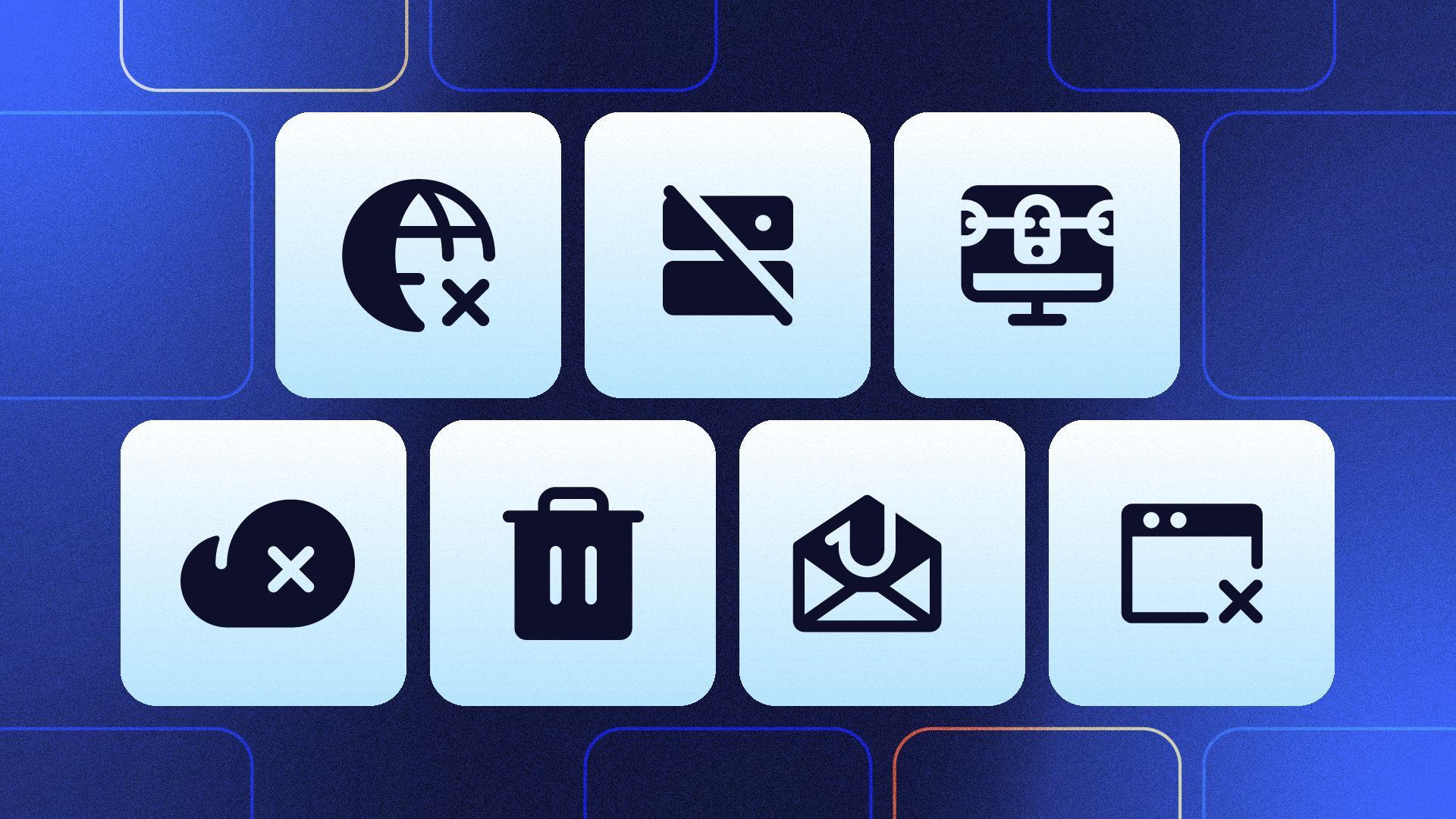
 Miriam Saslove">
Miriam Saslove">
